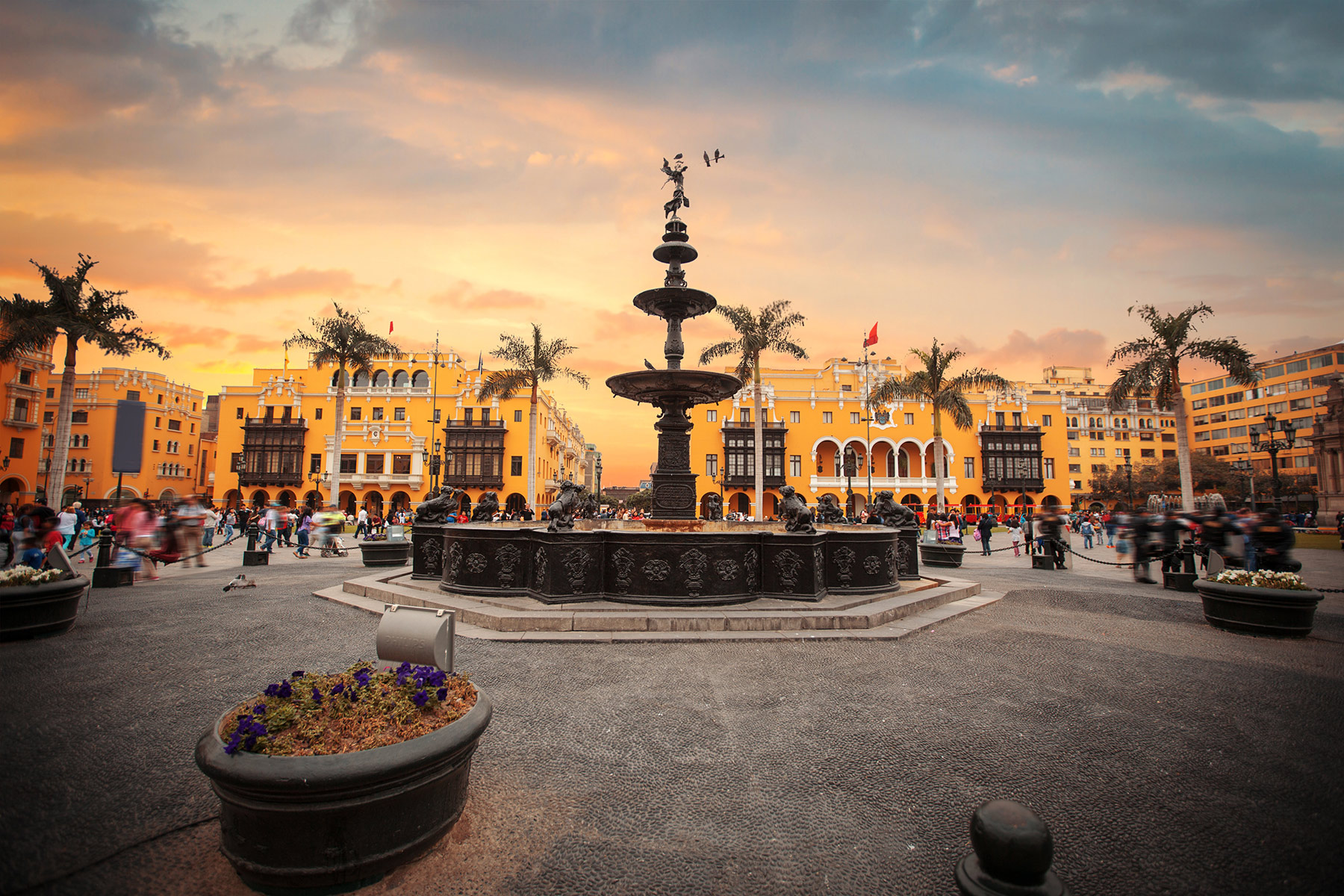On 7th December, President Pedro Castillo attempted to dissolve Congress by decree. He was promptly impeached and replaced with Vice-President Dina Boluarte.
Whilst Castillo was a largely unpopular President as a result of corruption allegations made against him, Boluarte, whose Cabinet is also tarnished by corruption, has proven equally – if not more – unpopular. Protests have broken out with people calling for the dissolution of Congress, new elections and a new constitution.
Protesters have been targeting airports, but as of today, Wednesday 21st December, airports in Lima, Trujillo and Cajamarca are back to being fully operational; airports in Cusco and Arequipa remain partially operational. Although the majority of roadblocks have been cleared from the country’s Pan-American Highway, protesters are managing to re-erect a few here and there. Multiple highways in Arequipa, Cusco and other southern regions remain blocked. A curfew is currently in effect across sixteen provinces.
The security situation in Arequipa and Cusco has improved considerably over the past few days, a result of the military presence in the cities. As long as protesters do not confront the local security forces, this development is likely to be replicated in other southern cities. In the Peruvian capital of Lima, the situation has remained fairly static since 7th December. Disruptive and at times violent protests continue to take place in the city centre, but thus far they have not grown in scope or gained any real momentum.
Looking ahead, the situation across the country is likely to continue improving over the next 72 hours, providing that there are no particularly violent flashpoints and that Congress doesn’t stoke the fire by putting forward any controversial motions.
For those looking to travel into Peru:
Travel to all regions can resume/continue. However, all demonstrations should be avoided, and if travelling to southern regions, a thorough risk assessment should be conducted prior to setting out. Travellers to these regions should also be aware that the security situation has the potential to change at short notice, thus itineraries should remain fully flexible.
For those living and/or working in Peru:
Normal movement within cities in southern Peru can resume, but with security precautions – liaising with an accredited security provider is advisable. All demonstrations should be avoided, as should high risk locations including key government buildings, main plazas and other areas of symbolic importance. Be aware that there will be an increased security presence in some areas and be willing to follow all official directives such as the recently announced curfews. Remain up-to-date by liaising with in-country sources, security networks and diplomatic missions.
For rolling updates, follow K2 Corporate Mobility on LinkedIn.

